Goi Vi Temple in Trung My village, An Hoa Thinh commune (Huong Son, Ha Tinh ) has a history of more than 300 years, worships 4 lucky gods of the Dinh Nho family and is a place to preserve a number of unique artifacts.
Goi Vi Temple (also known as Tiet Phu Temple, Ba Tiet Nghia Temple) belongs to the ancient An Ap commune (now An Hoa Thinh commune, Huong Son). According to historical records, the temple was established in the year Dinh Dau (1717), the 13th year of Vinh Thinh reign, under the reign of King Le Du Tong.
The temple worships the four gods of the Dinh Nho family and is home to a number of unique artifacts. The temple is located on an area of nearly 2,000 square meters in Trung My village. From the outside to the gate, the left and right wings, the lower and upper halls have different architectural styles, creating a solemn and ancient complex.
Four lucky gods of the Dinh Nho family are worshiped here: Doctor Dinh Nho Cong (1637 - 1695), Doctor Dinh Nho Hoan (1671 - 1715), General Dinh Nho Con (year of birth and death unknown) and the chaste woman Phan Thi Vien (year of birth unknown, died in 1716) - the second wife of Doctor Dinh Nho Hoan.
Goi Vi Temple not only exudes the beauty of antiquity and solemnity but also impresses with the Bodhi tree growing on top of the hermitage tower behind the main hall. The hermitage tower is nearly 4m high and 2m wide, and it is said that the tree and tower are at least 300 years old.
The hermitage tower is built of red bricks in a pyramid shape and is divided into 3 floors with 2 tower doors.
Over time, the tree's large roots have firmly attached themselves to the tower, creating a mysterious atmosphere.
Although the tower's door was blocked by tree roots, people still often burned incense around it to show their respect.
Goi Vi Temple has a history of more than 300 years. The temple still preserves unique artifacts such as: Mac Trai stone bell, stone stele, stone elephant, and Tiet Phu Mon signboard. In 2021, the temple was restored and embellished but still retains the ancient architectural features.
The stone bell is named "Mac Trai Stone Bell" brought back from Cao Bang by Dr. Dinh Nho Hoan when he was the Governor of Cao Bang. On this stone bell is engraved his essay. Mr. Nguyen Khac Vinh (Trung My village, An Hoa Thinh commune) - the temple caretaker shared: " Previously, the temple was surrounded by trees and bushes, but later the villagers cleared it carefully and considered it a place of spiritual worship. On full moon days or holidays, many people from inside and outside the locality come to burn incense".
Ancient stone stele still preserved at Goi Vi temple.
With its unique historical and cultural values, in 2018, the Ministry of Culture, Sports and Tourism ranked Goi Vi Temple as a national monument. This is a great honor for the entire people of An Hoa Thinh commune, especially for the Dinh Nho family - a studious family with a tradition of academic achievements.
For the convenience of finding and looking up information, the People's Committee of An Hoa Thinh commune has created an information QR code to help people and tourists better understand the history of this sacred temple.
Goi Vi Temple is one of the beautiful and sacred temples, preserved and considered a “treasure” by the local people. The locality always strives to preserve and promote the unique cultural and artistic values of the temple to educate the younger generations to understand more deeply about the historical roots.
Mr. Nguyen Huu Dong - Chairman of An Hoa Thinh Commune People's Committee
Van Chung
Source


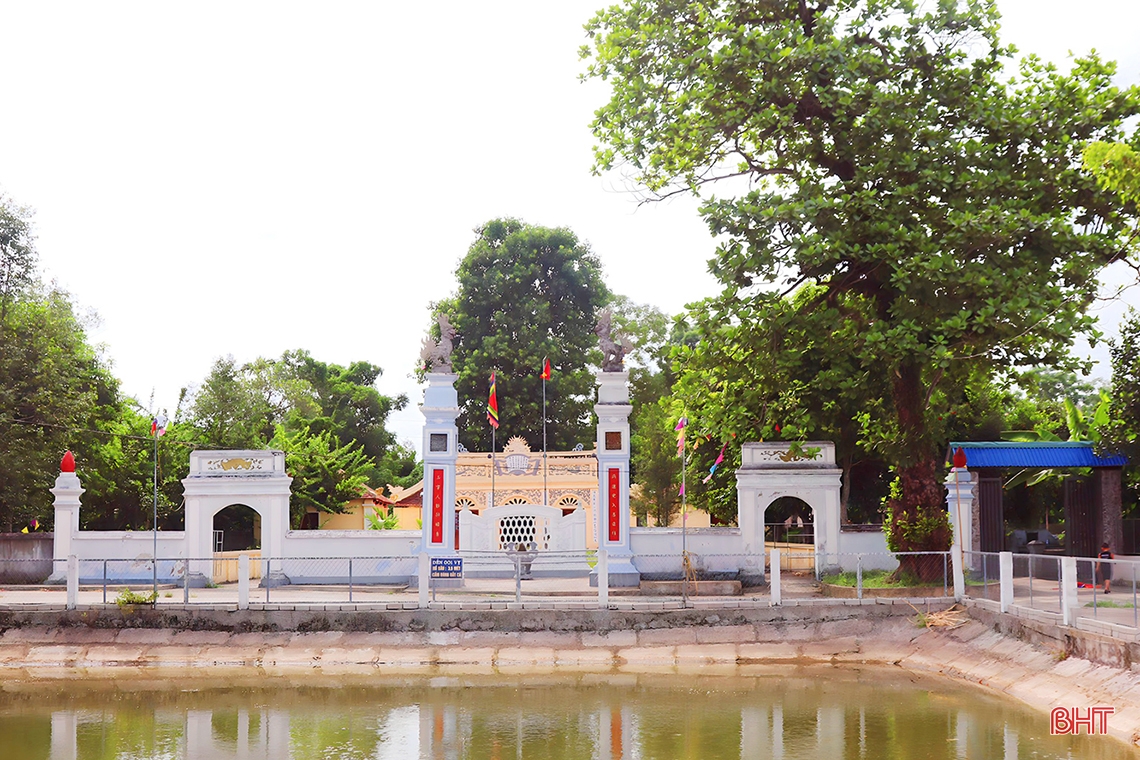
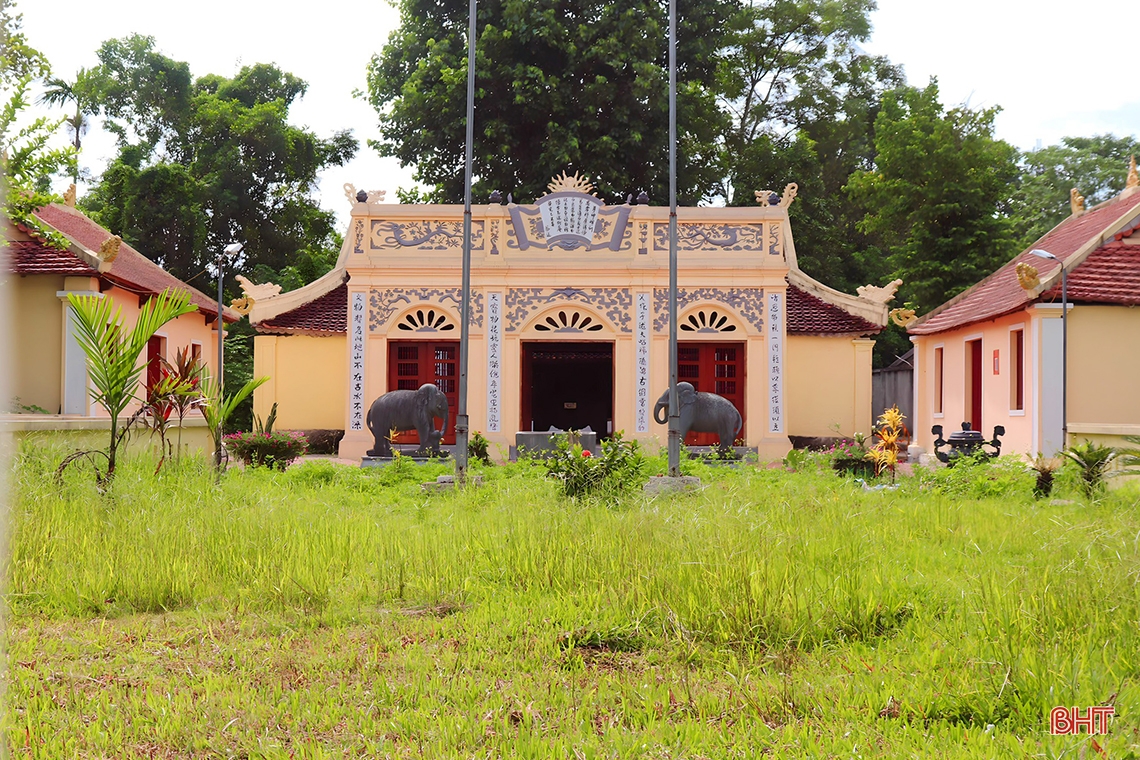
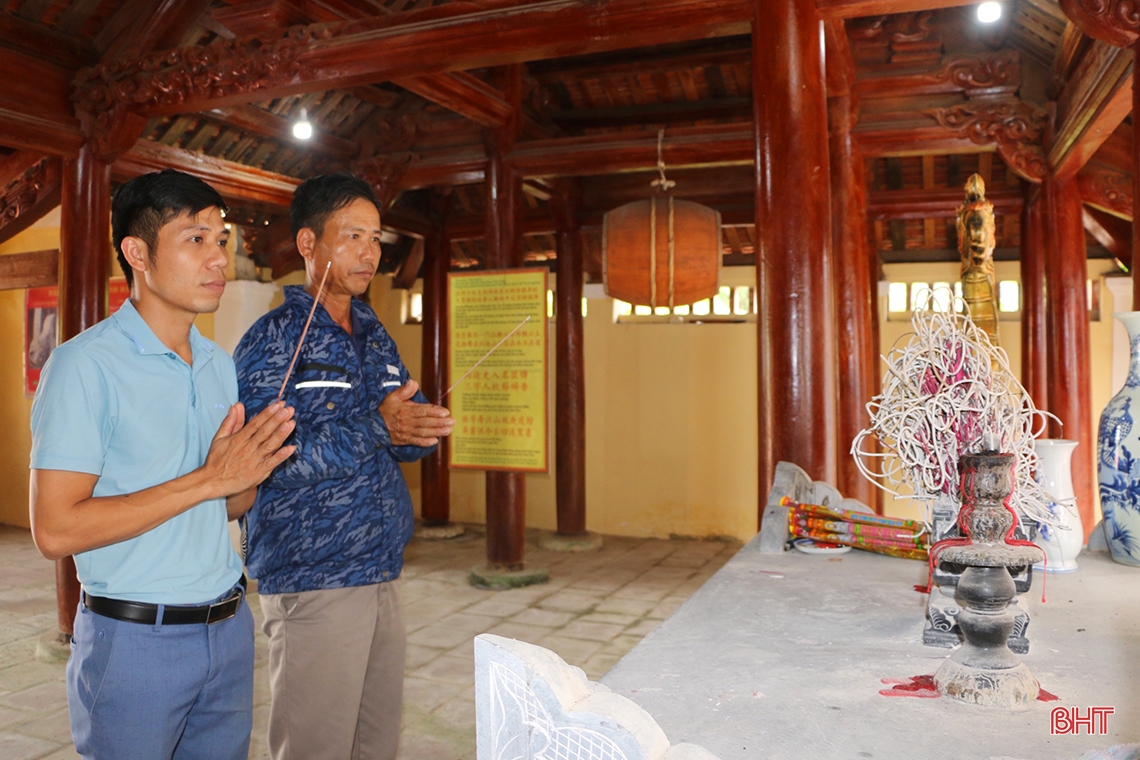
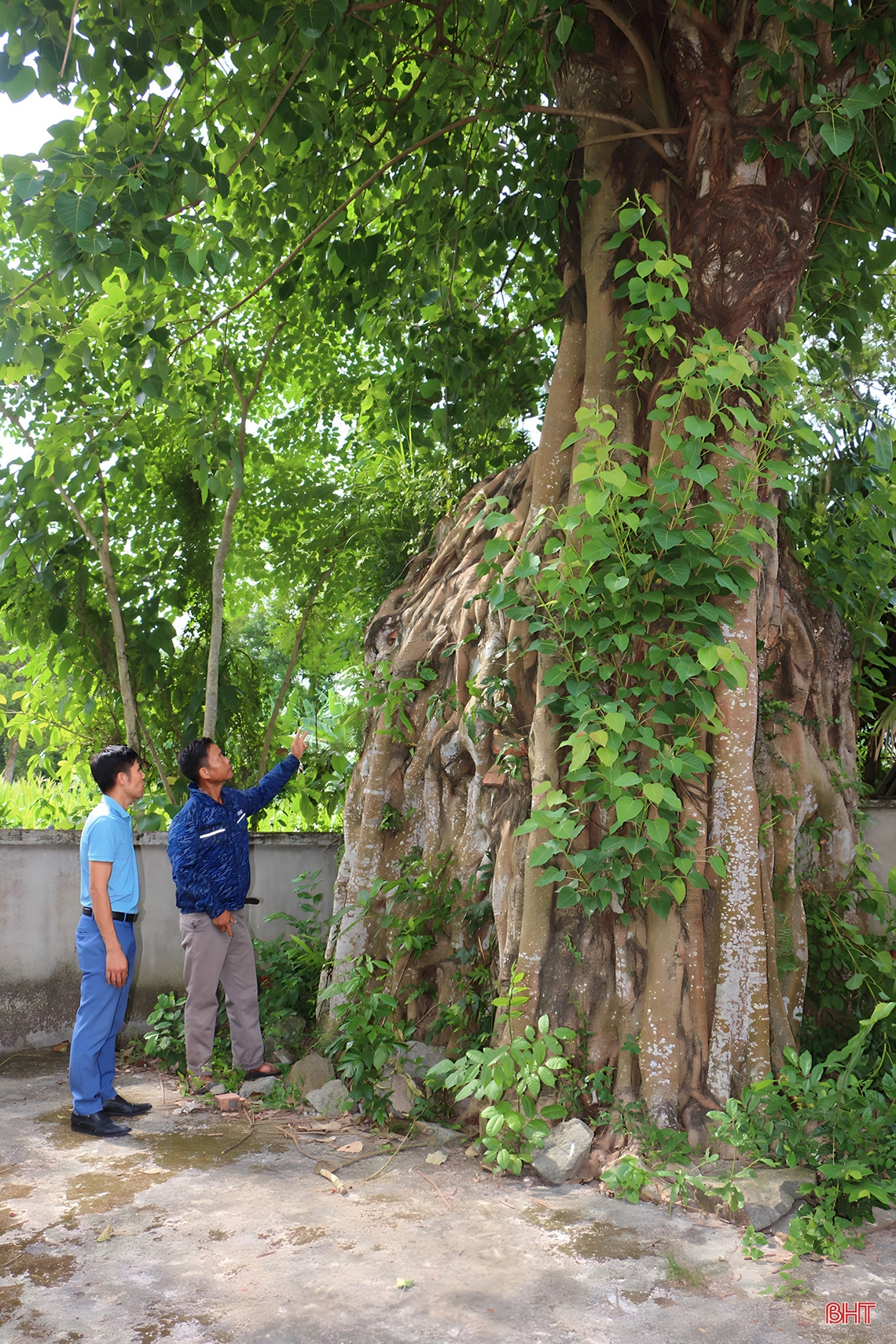
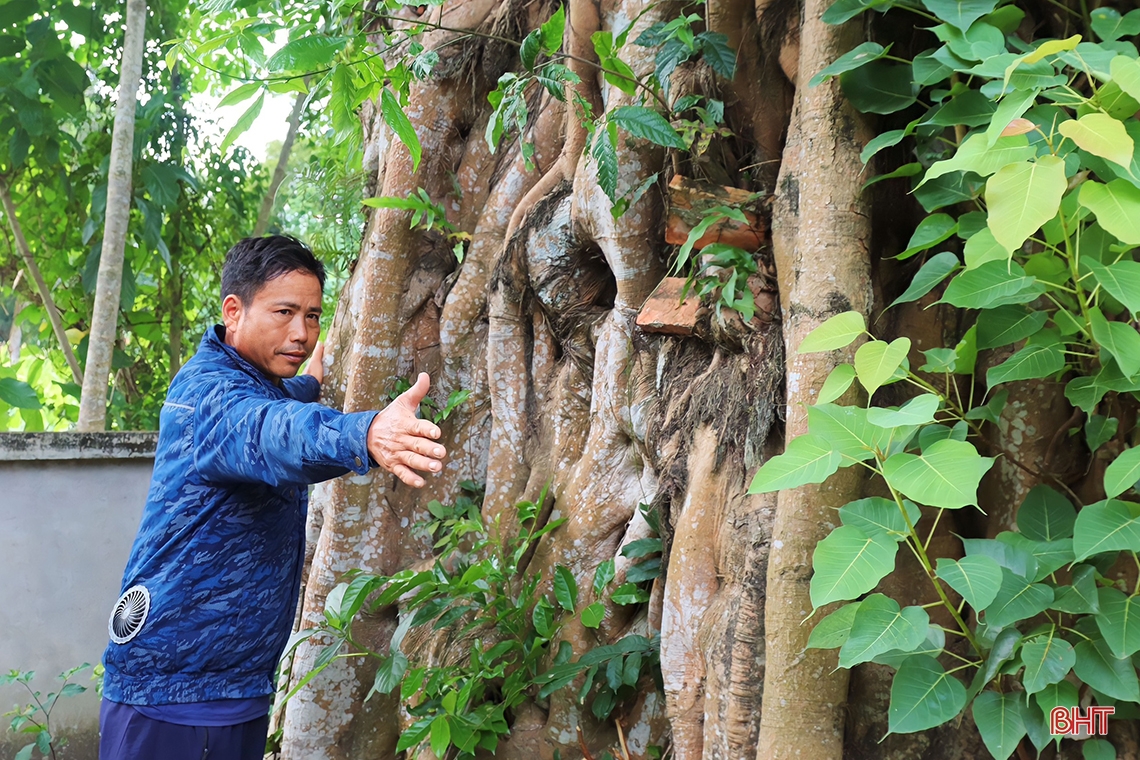
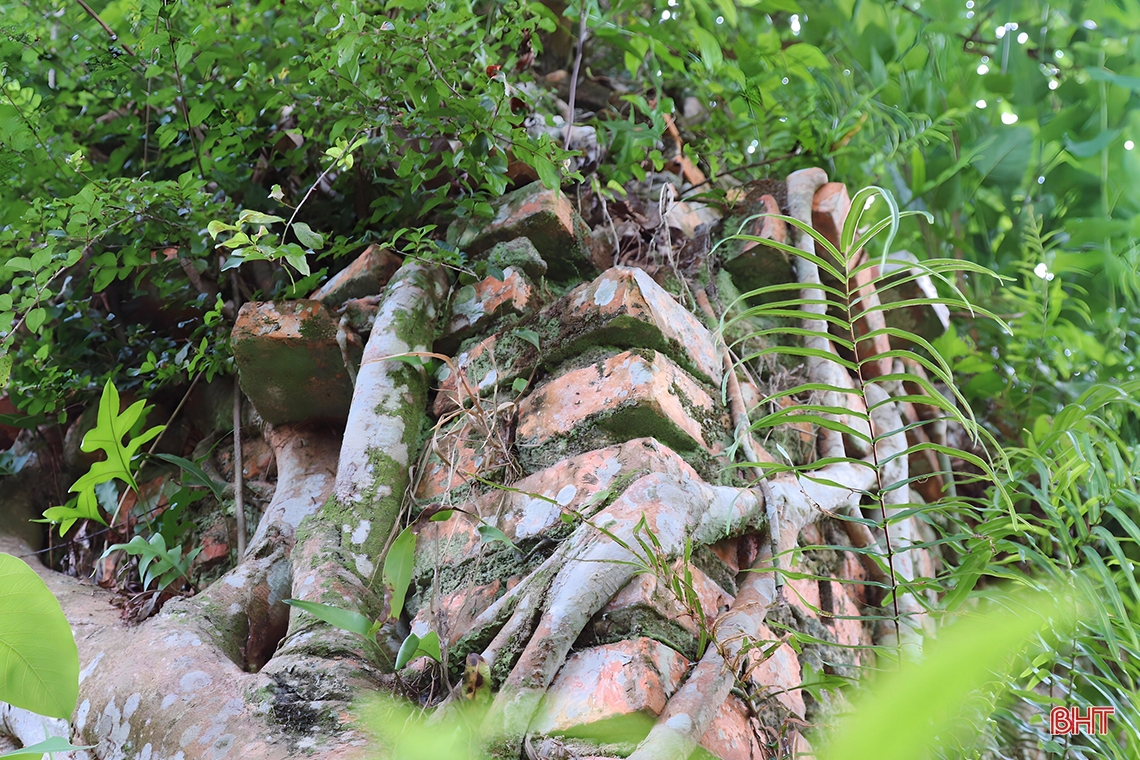
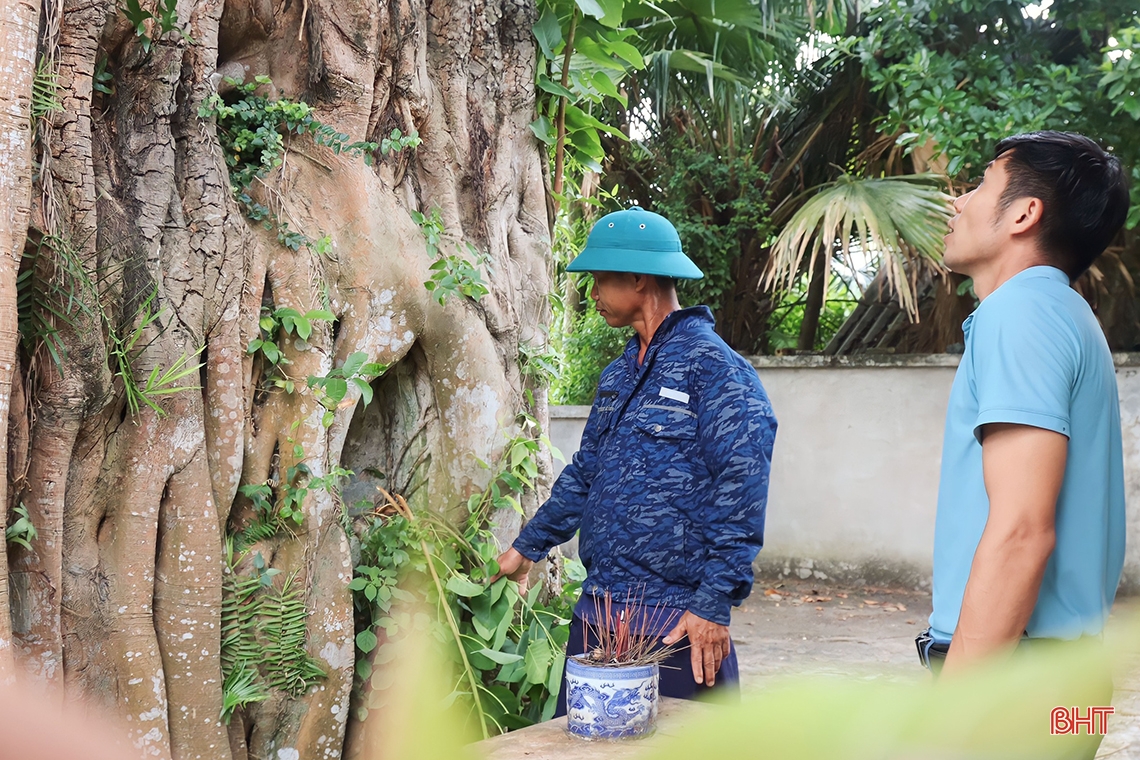
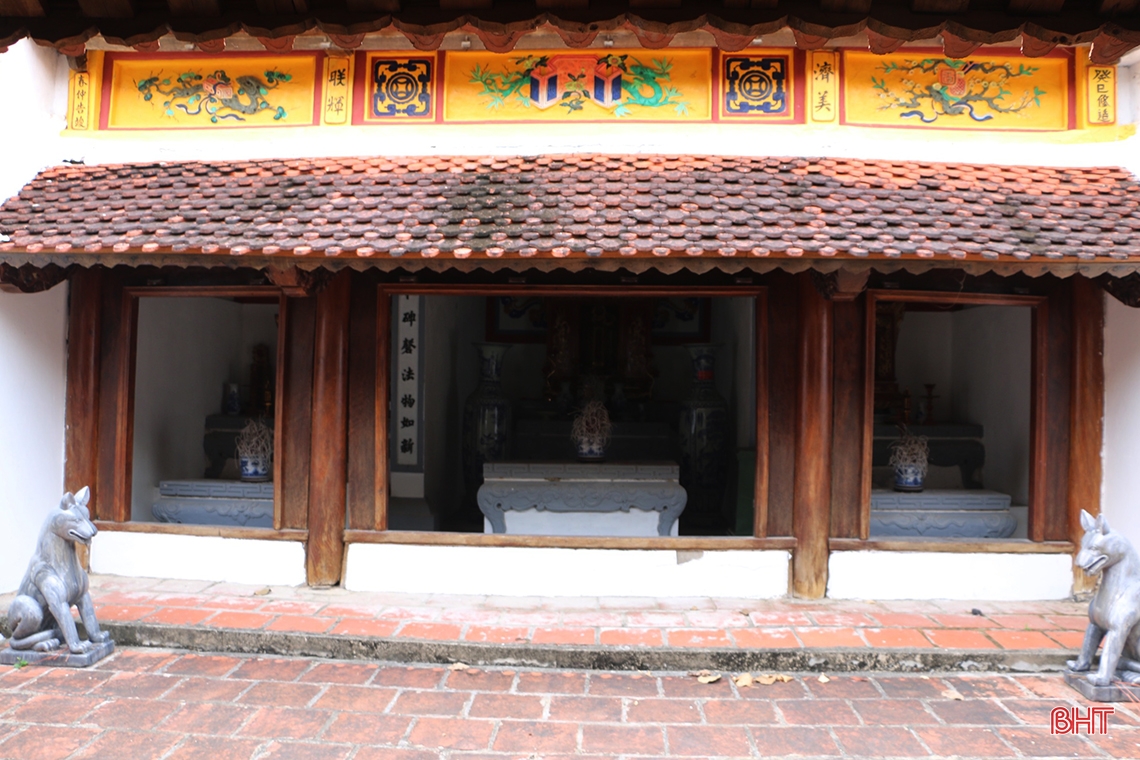
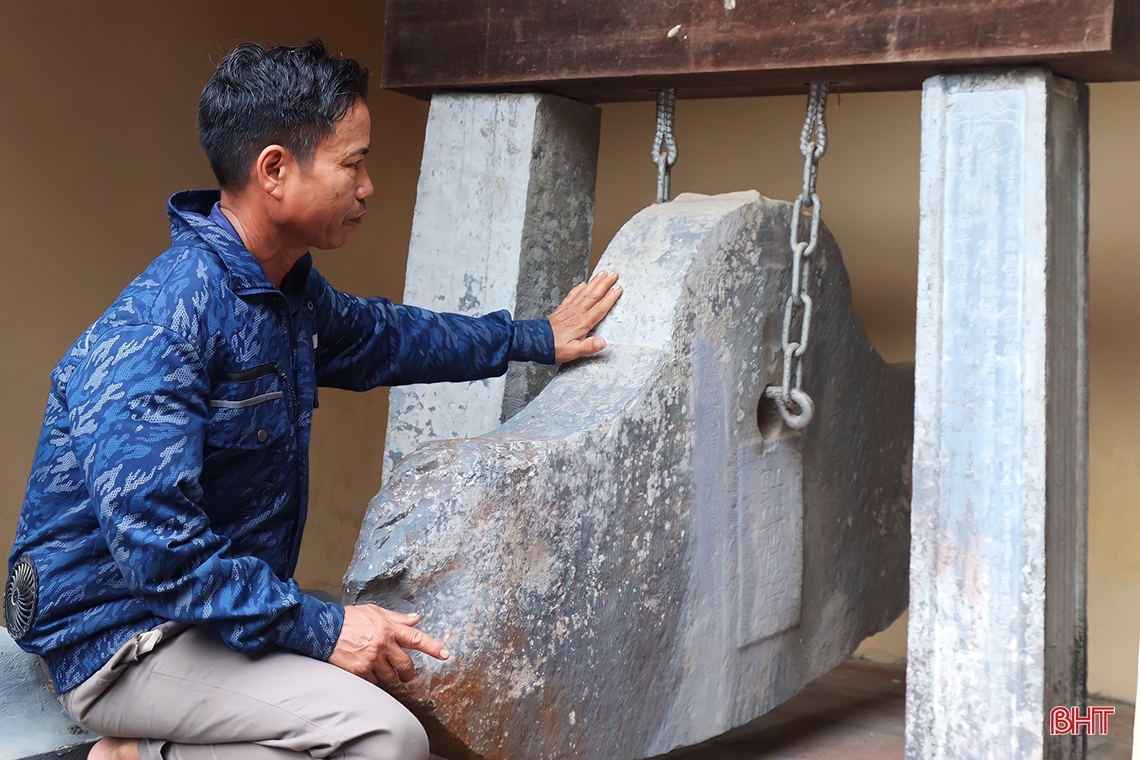
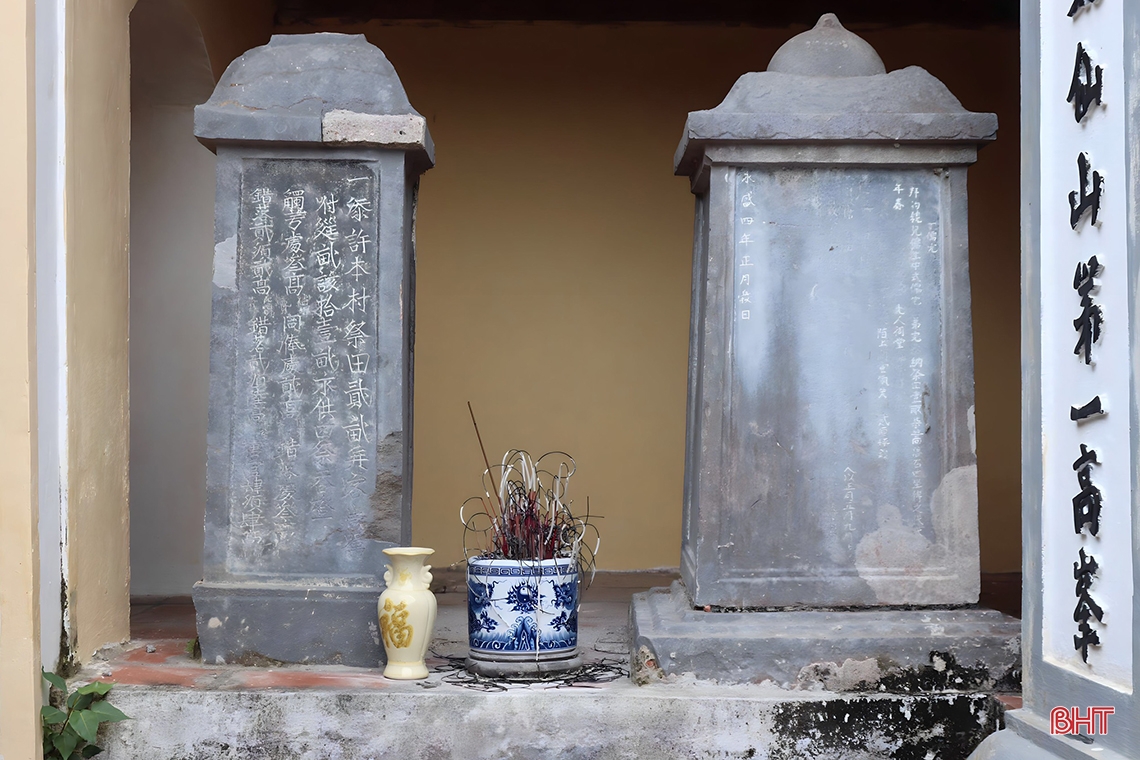
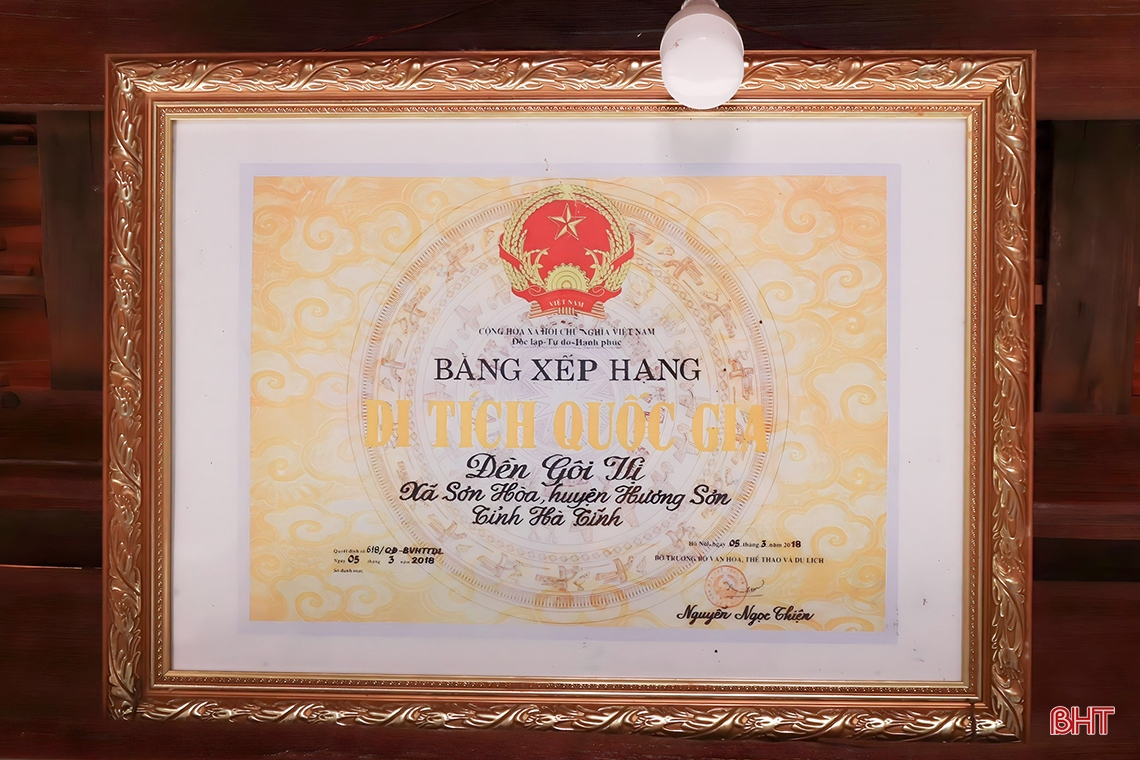
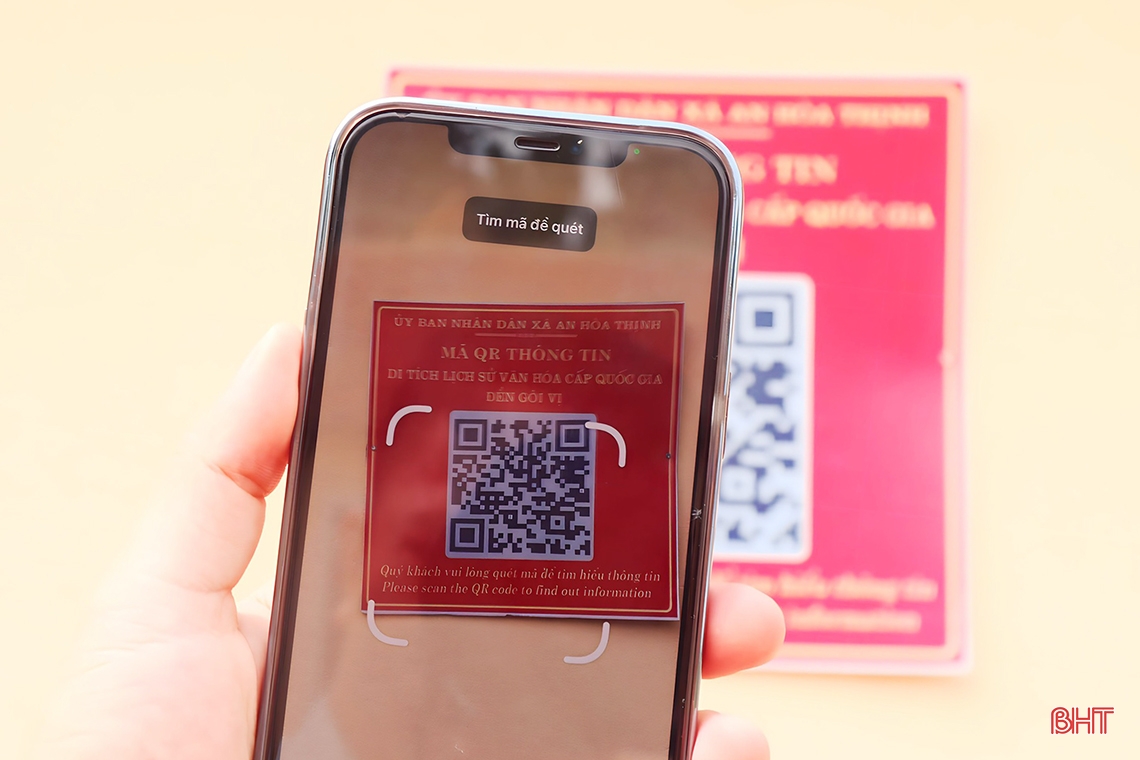








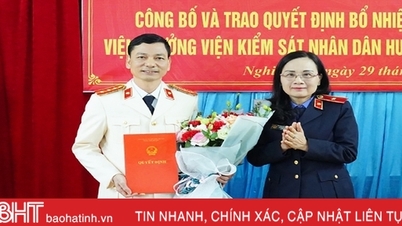



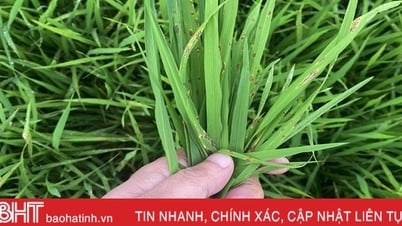




![[Motion Graphics] Things to note in the 10th grade entrance exam in Ha Tinh](https://vphoto.vietnam.vn/thumb/402x226/vietnam/resource/IMAGE/2025/6/2/1862624571b745329fa818efc4888f96)
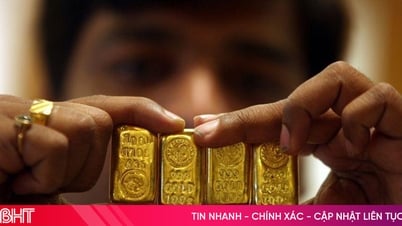




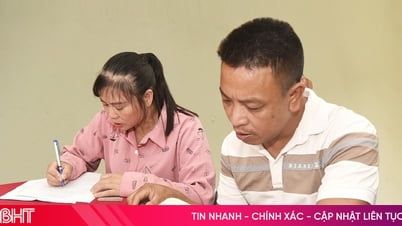
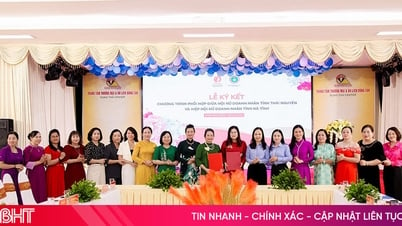
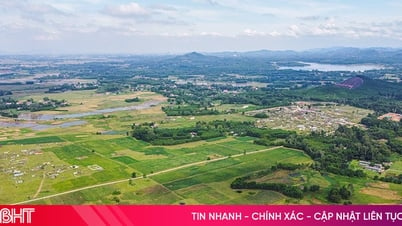
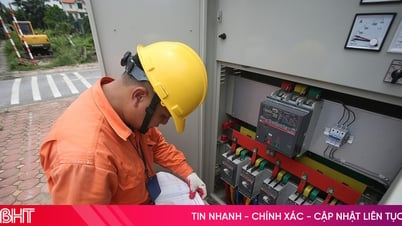
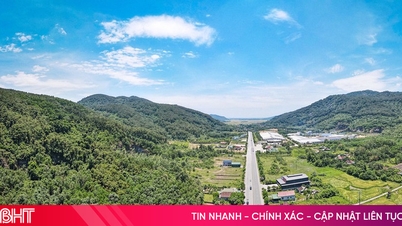










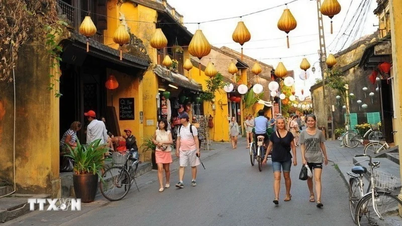

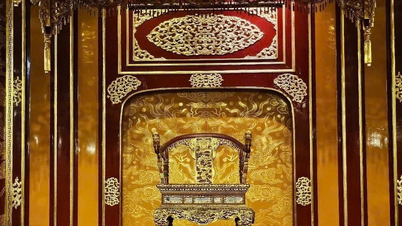



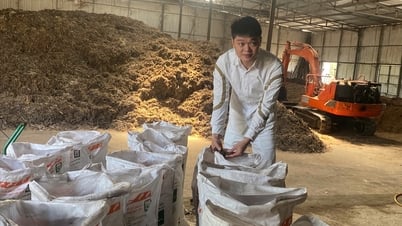













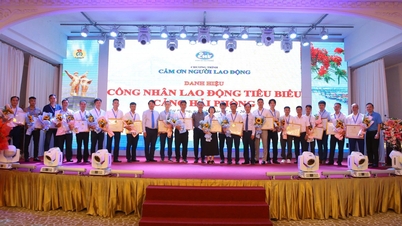












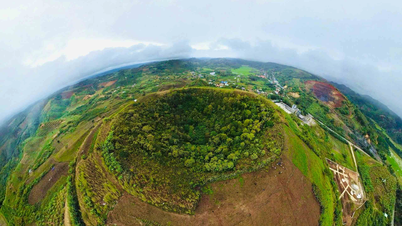
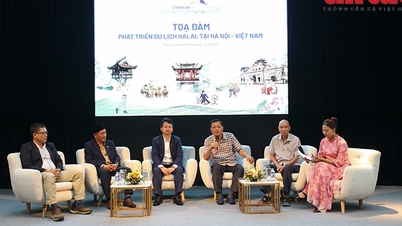





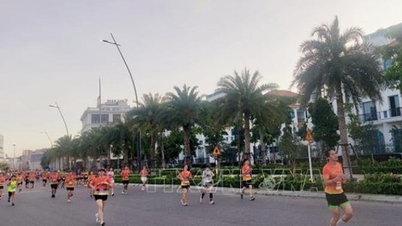
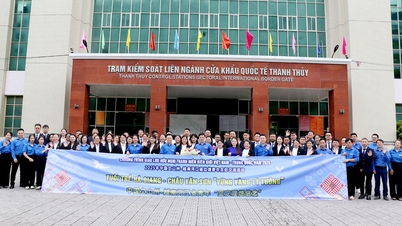

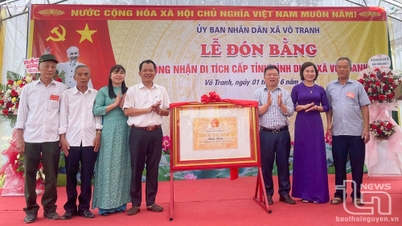

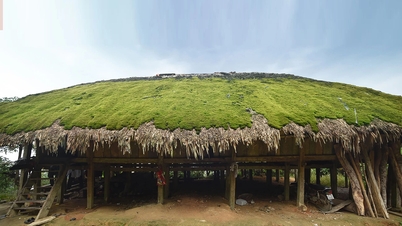
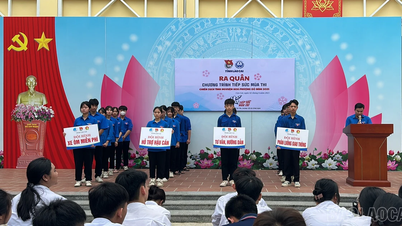



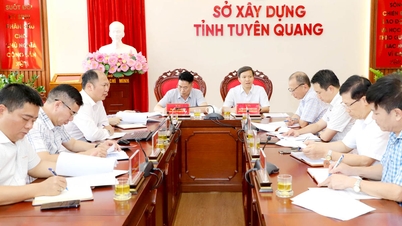















Comment (0)